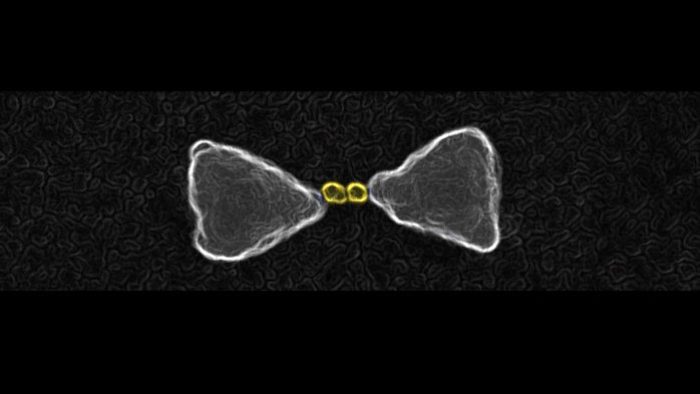
Researchers have cracked a secret of nanomaterials and believe the breakthrough could help with harvesting sunlight, Phys.org is reporting.
Photosynthesis is incredibly energy efficient since it doesn’t require photocatalysts, which absorb light before passing its energy on to molecules that drive chemical reactions.
The new research used nanomaterials to create an artificial photocatalyst. Scientists have long aspired to mimic plants’ energy efficiency, but they’ve been unable to replicate the process.
Imperial College London researchers, who conducted the experiments, think their findings will improve solar technology by harnesing sunlight more efficiently. The study was published Tuesday in Nature Communications.
According to Phys.org, the nanomaterials could be used to channel sunlight to break down harmful chemicals like pesticides, as well as liquid and gas pollutants.
The team identified specific areas of microscopic metal nanoparticles, which are billionths of a meter wide, that could be most suitable for being used as photocatalysts.
It’s a major milestone after ten years of conducting research in this field, the researchers said.
—RealClearLife
This article was featured in the InsideHook newsletter. Sign up now.






















